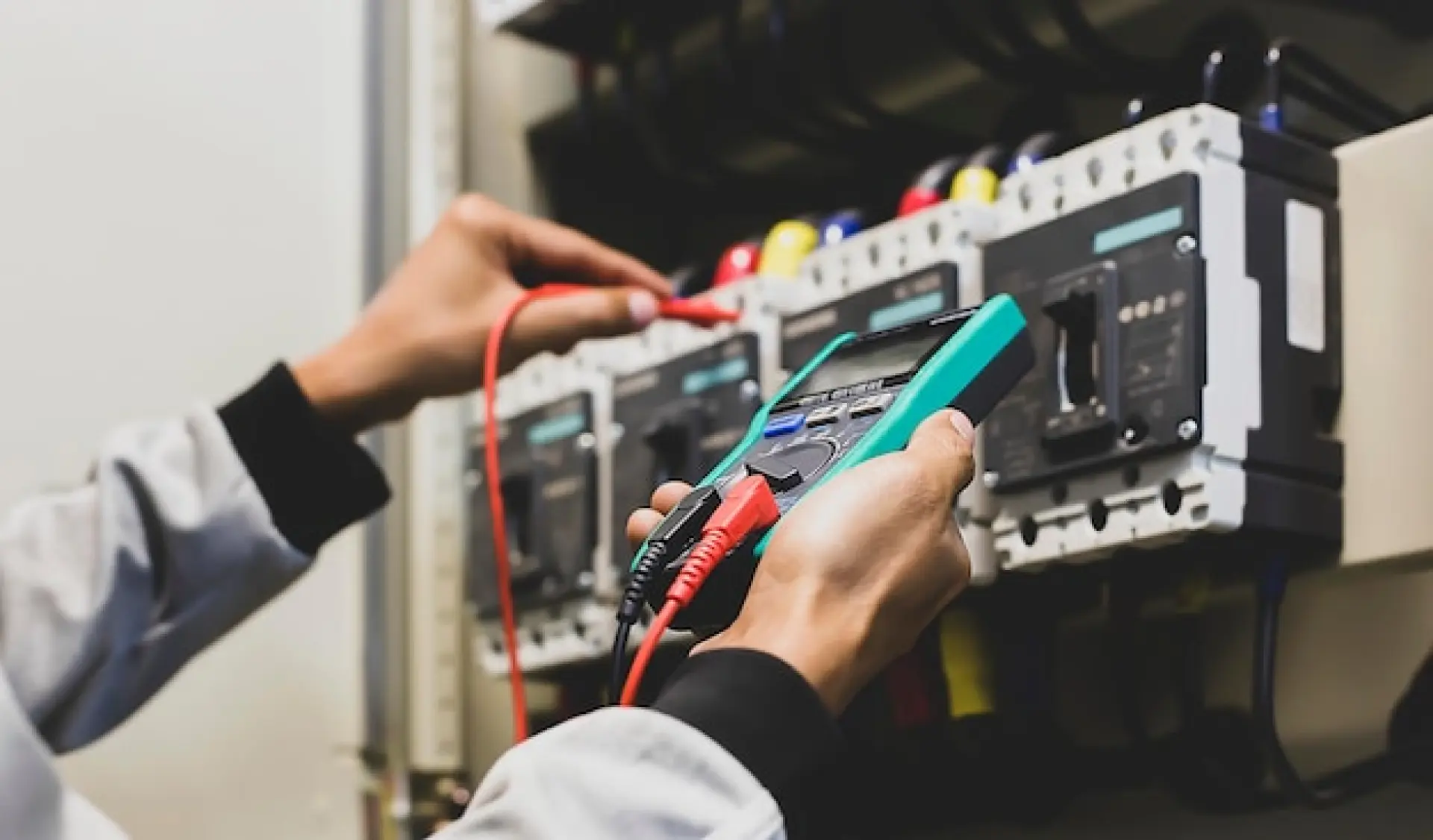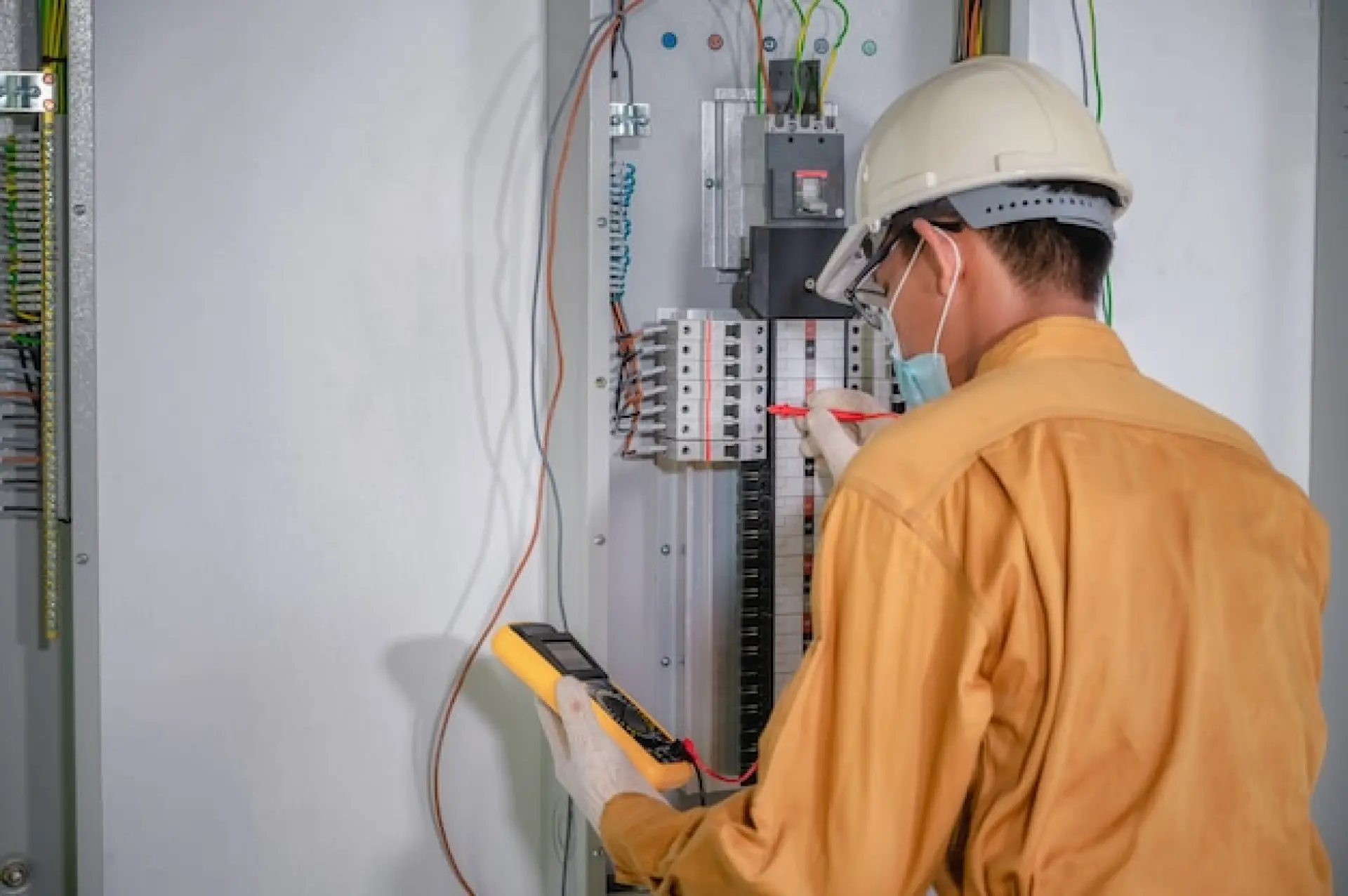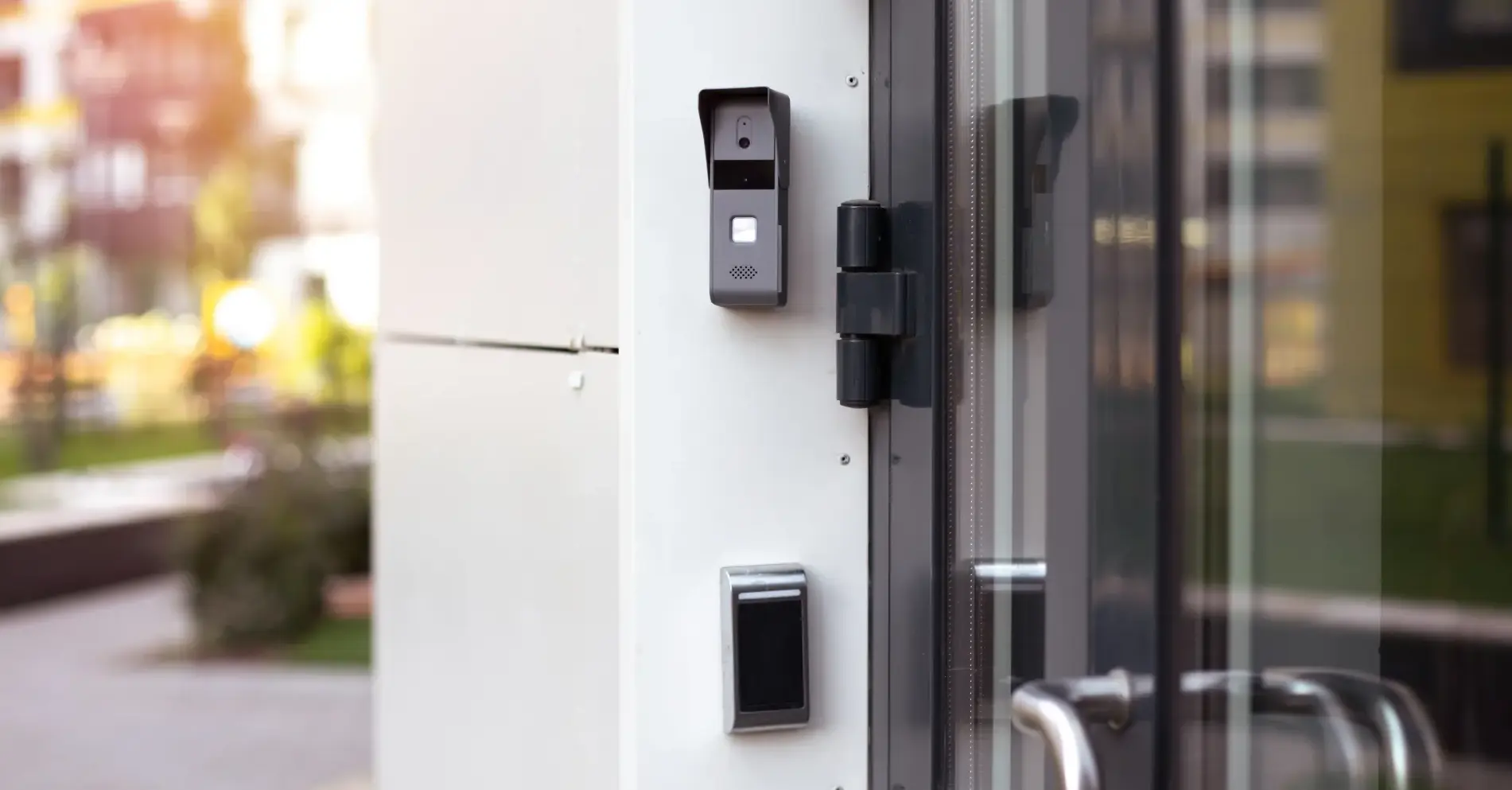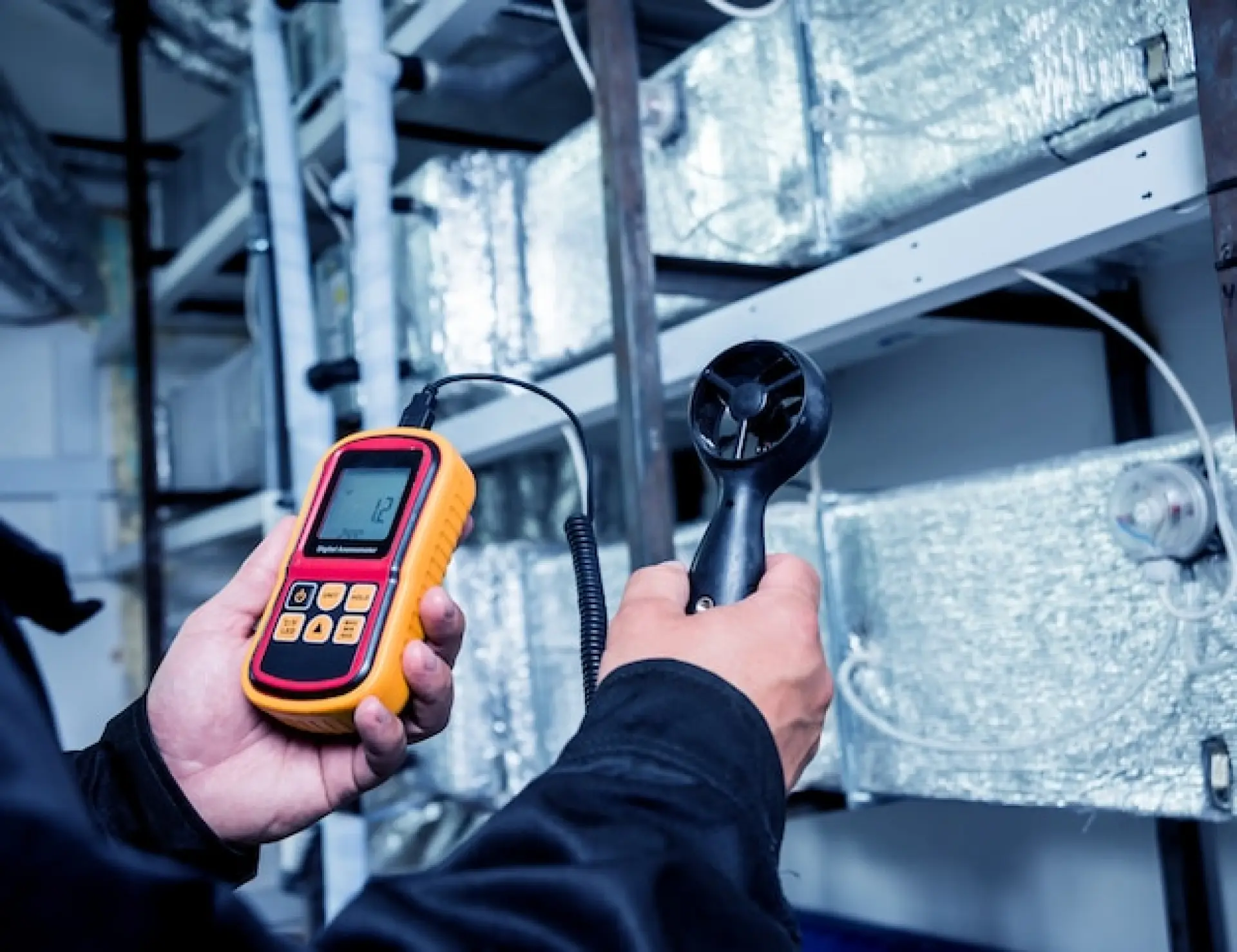Discover the Role of Electrical Testing in Workplace Safety. Our experts guide you through legal requirements and the benefits of regular inspections.
Understanding Electrical Hazards in Work Environments
Electrical hazards in workplaces can lead to serious injuries, fires, and even fatalities. Common risks include exposed wires, overloaded circuits, faulty appliances, and improper grounding. Many workplaces use high-powered equipment, increasing the potential for electrical failures.
Water and damp conditions further heighten the danger, making it essential to implement strict safety measures. Employers must be aware of these hazards and take proactive steps to protect their employees.
Regular inspections, proper use of personal protective equipment (PPE), and compliance with safety guidelines help reduce the likelihood of accidents. By understanding and addressing electrical risks, businesses can create a safer work environment and prevent unnecessary incidents.
Legal Requirements for Electrical Testing in Businesses
Businesses must adhere to strict legal regulations regarding electrical safety. In the UK, the Electricity at Work Regulations 1989 require employers to ensure all electrical systems are maintained safely to prevent harm.
Regular inspections, such as fixed wire testing (EICR) and Portable Appliance Testing (PAT), help businesses meet legal requirements. Failure to comply can result in fines, legal consequences, or workplace accidents. Employers must also conduct risk assessments and keep records of all electrical tests.
Health and Safety Executive (HSE) guidelines stress the importance of periodic inspections to ensure continued safety. By following legal obligations, businesses can protect employees, avoid liabilities, and ensure compliance with workplace safety laws.

Additionally, businesses should establish clear procedures for maintaining electrical safety, including appointing a qualified person responsible for electrical testing and documentation.
Regular training for staff on identifying electrical hazards and understanding testing schedules can significantly improve workplace safety.
Keeping up with advancements in electrical safety technology, such as using smart monitoring systems to detect faults early, can further enhance compliance and reduce risks.
Ensuring that electrical records are properly updated and stored provides an added layer of security, allowing businesses to demonstrate compliance in the event of inspections or incidents.
How Regular Testing Prevents Workplace Accidents
Routine electrical testing plays a crucial role in accident prevention. Faulty wiring, damaged insulation, and overloaded circuits can lead to fires, shocks, or equipment failure. Regular inspections identify potential hazards before they cause harm. Fixed wire testing ensures electrical installations meet safety standards, while PAT testing verifies the safety of portable appliances.
Businesses benefit from reduced downtime, as early detection of electrical faults prevents costly breakdowns. Employees also feel more secure knowing that the workplace adheres to safety standards. Regular testing minimises risks, ensuring that equipment remains in good condition and reducing the likelihood of serious electrical accidents.
The Importance of PAT Testing for Portable Equipment
Portable Appliance Testing (PAT) is essential for ensuring the safety of electrical devices used in workplaces. Many businesses rely on portable equipment such as computers, printers, power tools, and kitchen appliances. Over time, these items can suffer wear and tear, increasing the risk of electric shocks or fires.
PAT testing helps detect faults early, allowing necessary repairs or replacements before accidents occur. It also ensures compliance with workplace safety regulations.
Employers should schedule PAT testing at regular intervals, depending on the type of equipment and frequency of use. Implementing a PAT testing programme helps maintain a safe working environment and protects employees from potential hazards.

Moreover, businesses should establish a structured PAT testing policy that categorises equipment based on risk level and usage frequency.
High-risk appliances, such as power tools or kitchen equipment, may require more frequent testing than lower-risk items like office printers. Clearly labelling tested appliances with pass or fail stickers ensures employees are aware of which equipment is safe to use.
Additionally, educating staff on proper equipment handling and encouraging them to report faults immediately can significantly reduce risks.
By integrating PAT testing into overall workplace safety protocols, businesses can further ensure compliance with legal requirements and create a culture of safety awareness.
Identifying Faulty Wiring and Electrical Failures
Faulty wiring is a major cause of electrical failures and workplace hazards. Damaged insulation, loose connections, and corroded wiring can lead to power outages, electrical shocks, or fires. Regular electrical testing, including thermal imaging and fixed wire inspections, helps identify potential faults before they become dangerous.
Businesses should look out for warning signs such as flickering lights, tripped circuit breakers, or burning smells near electrical outlets. Early detection allows for timely repairs, reducing the risk of major incidents. Ensuring that electrical systems are regularly inspected and well-maintained enhances workplace safety and helps prevent costly disruptions due to system failures.
Are you looking for electrical testing in Preston, Blackpool or Chorley? There are no hidden surprises or unexpected costs when it comes to electrical testing. We believe in transparency and provide fixed-price testing services.






